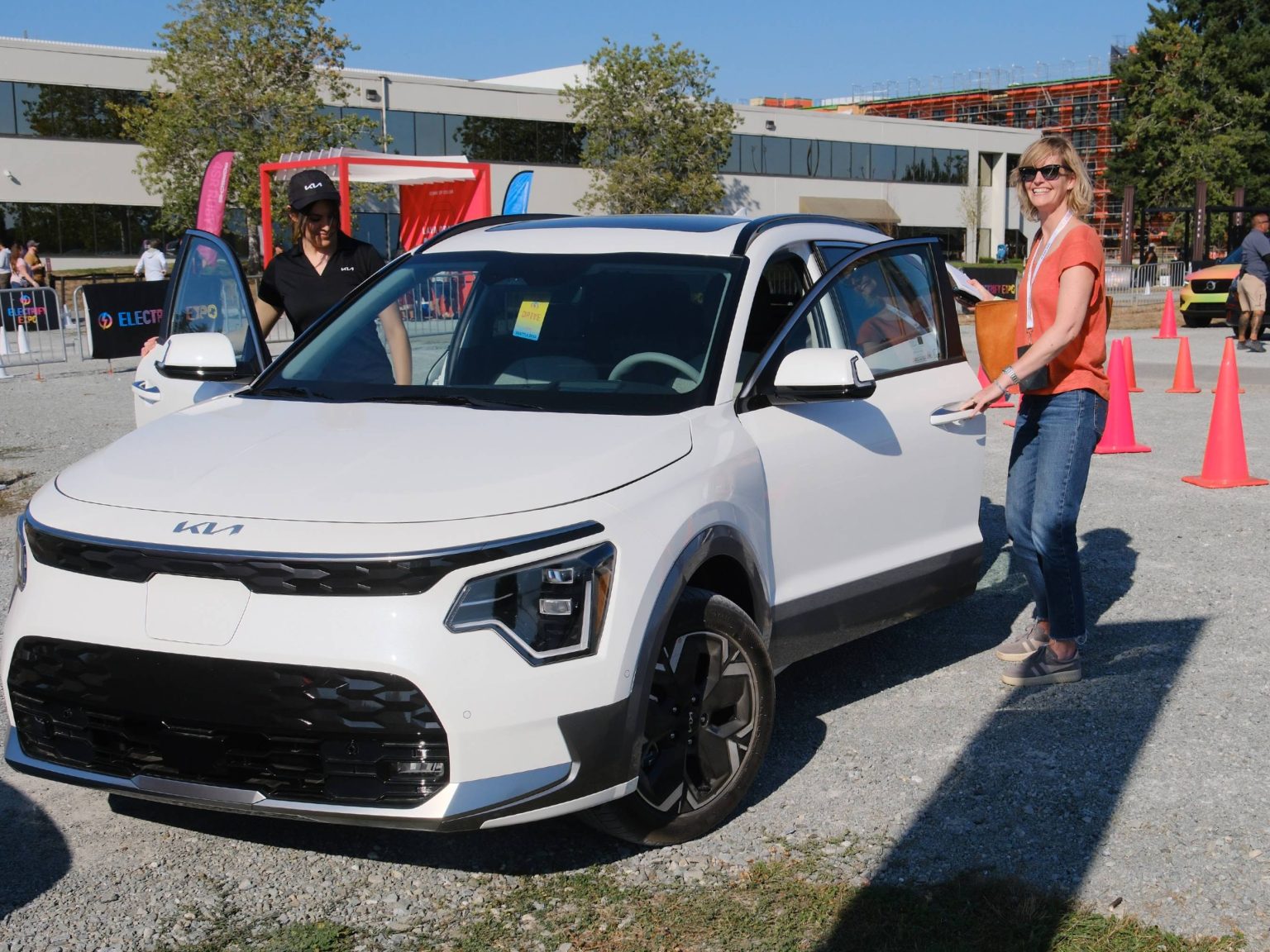The Biden administration announced new national pollution standards for vehicles, aiming to decrease greenhouse gas emissions from cars and trucks by almost half by 2032. These rules will help the U.S. and Washington state move towards their goals of transitioning to electric and hybrid vehicles. President Biden set a target for half of all new vehicles sold in 2030 to be zero-emission, with significant progress already made in expanding factories, private investments, and creating jobs.
Washington has ambitious EV goals, aiming to have all new vehicles sold in the state be zero carbon emissions by 2035. Last year, over 13% of new passenger vehicle registrations in Washington were electric or plug-in hybrids, with plans to continue increasing this percentage in the future. Transportation emissions are a crucial area to address in combating climate change, with the sector being the largest contributor to greenhouse gas emissions in the U.S. in 2021.
The global response to climate change is growing increasingly critical, with 2023 being the warmest year on record worldwide. United Nations Secretary-General António Guterres highlighted the urgent need for action to address climate challenges. Despite the benefits of EVs in reducing pollution and improving public health, the push for electric vehicles has become politicized in the U.S., with former President Trump claiming that it will harm the auto industry.
In announcing the new pollution regulations, the U.S. Environmental Protection Agency emphasized the benefits of transitioning away from fossil fuels, such as job creation, improved air quality, and cost savings for consumers. The rules do not require consumers to purchase EVs but instead set limits on the pollution allowed by automakers across all vehicle production. However, there are still challenges to widespread EV adoption, including access to charging infrastructure and the affordability of electric vehicles for many consumers.
Washington and the nation are working to expand EV infrastructure, but there are still gaps in charger availability and functionality in some areas. While most EVs in the market are high-end vehicles, the number of affordable options is increasing, and tax credits at the state and federal levels are helping to reduce costs for consumers. Ultimately, the transition to electric vehicles is seen as a critical step in addressing climate change and reducing greenhouse gas emissions from the transportation sector.


